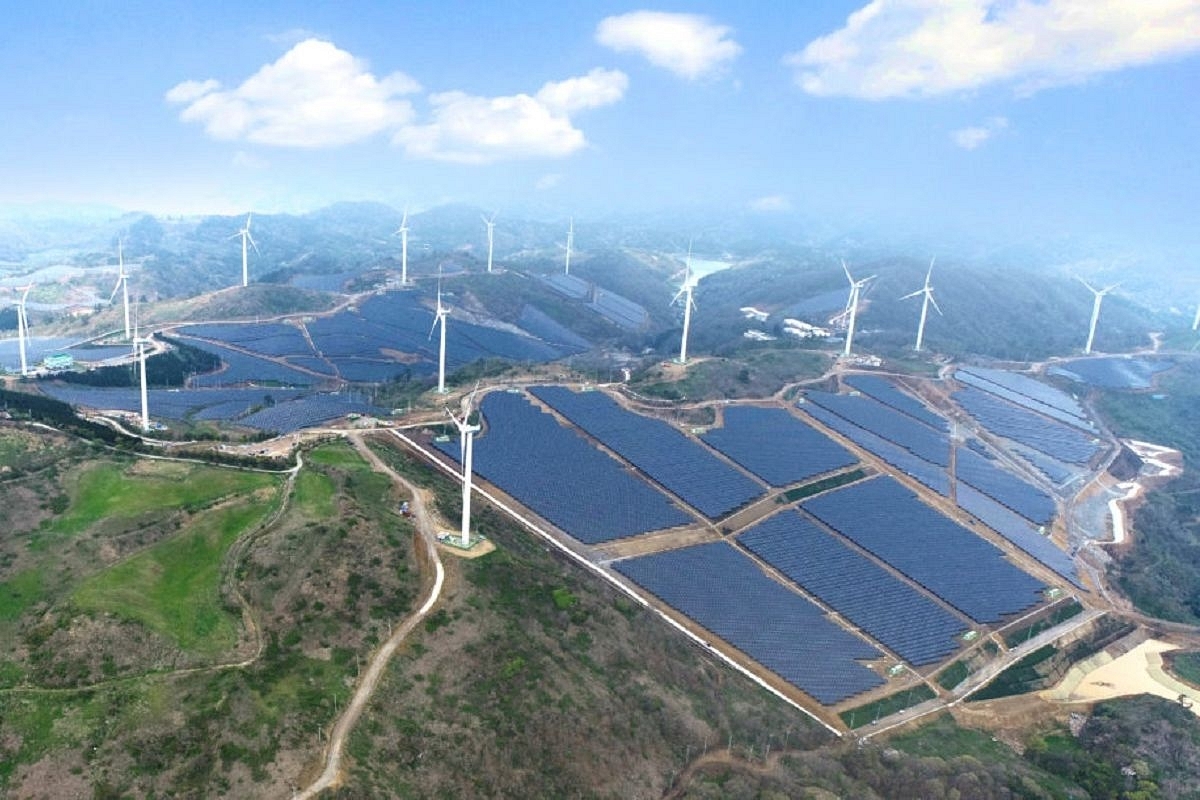News Brief
Only Asia On Track To Triple Renewable Energy Capacity By 2030, Fuelled By Growth In India And China: Report

A hybrid solar-wind power plant (Representative Image)
Driven by growth in India and China, Asia is currently the largest contributor to additional global renewable energy capacity needed to triple production by 2030, a global think tank report has said.
Asia is providing around half (47 per cent) of the 8.1 TW of renewable capacity additions needed globally by 2030, said a report by global think tank Climate Analytics released Tuesday.
In December 2023, the COP28 in Dubai set the target of tripling global renewables by 2030 to meet the Paris Agreement goal to limit warming to 1.5 degrees celsius beyond industrial levels.
"In keeping with the tripling target and the Paris Agreement’s temperature goal, global renewable capacity needs to grow to 11.5 TW by 2030 – up 3.4x from 2022 levels," the report said.
According to the report, renewable capacity additions in Asia showed
3.6x regional growth rate relative to 2022 levels.
"Asia is the only region which is broadly on track to triple renewables in line with 1.5 degree celsius by 2030. This is primarily driven by growth in China and India which compensates for laggards like South Korea, where renewable capacity is set to grow at half the rate of the region as a whole," it added.
However, the report also raised concern over the spree of coal-fired power plant construction in China and India.
"If this continues, it will either jeopardise a 1.5 degree celsius-aligned power sector transition, or create large-scale stranded assets," it added.
The report said that overall, tripling renewables in line with the 1.5 degree celsius temperature limit would require $12 trillion of investment in the power system up until 2030 – an average of $2 trillion per year starting in 2024.
"Two-thirds ($8 trillion) would be invested in the installation of renewables, while around a third ($4 trillion) would be for the grid and storage infrastructure needed to support renewables. Without modernised, flexible and expanded grids, there can be no tripling," it added.
Support Swarajya's 50 Ground Reports Project & Sponsor A Story
Every general election Swarajya does a 50 ground reports project.
Aimed only at serious readers and those who appreciate the nuances of political undercurrents, the project provides a sense of India's electoral landscape. As you know, these reports are produced after considerable investment of travel, time and effort on the ground.
This time too we've kicked off the project in style and have covered over 30 constituencies already. If you're someone who appreciates such work and have enjoyed our coverage please consider sponsoring a ground report for just Rs 2999 to Rs 19,999 - it goes a long way in helping us produce more quality reportage.
You can also back this project by becoming a subscriber for as little as Rs 999 - so do click on this links and choose a plan that suits you and back us.
Click below to contribute.
Latest